Powering the Future: Why Renewable Energy is the Key to a Sustainable World
One of the critical issues the world is facing right now is climate change, environmental degradation, and energy security. Therefore, there is a need to adopt renewable energy sources instead of fossil fuels. Renewable is the backbone of sustainability due to its inherent characteristics and numerous benefits to environmental, social, and economic well-being. It offers promising solutions to these challenges, providing a clean, reliable, and sustainable alternative to traditional energy sources.
Solar, wind, and hydropower are abundant, clean, and affordable renewable energy sources. In addition to generating electricity, heat, and fuel for transportation, they do not produce greenhouse gases or other pollutants.
Here are some of the reasons renewable energy is key to a sustainable future:
Environmental Benefits: Renewable energy sources are environmentally friendly. They do not generate greenhouse gases or pollute the atmosphere or water like fossil fuels. They also do not release harmful pollutants like carbon dioxide and sulfur dioxide.
Adopting renewable energy can protect our environment and public health by reducing our carbon footprint and the impact of climate change.
Energy Security and Independence: The sun, wind, and water are natural resources that are continually replenished, meaning they are virtually inexhaustible. Their abundance ensures energy security and long-term availability without concern for depletion or scarcity.
Unlike fossil fuels that often need to be imported from different countries, renewable energy sources are abundant and locally available. A transition to renewable energy can reduce countries’ dependence on foreign energy sources and create a more stable and secure energy supply.
Technology Innovation: the race to sustainable energy has driven substantial technological advancements. Advancements in renewable energy technologies are also making it increasingly feasible and cost-effective to transition to clean energy sources. Innovations in
solar photovoltaics, wind turbine design, battery storage, and other areas have improved the efficiency and cost-effectiveness of renewable energy technologies.
Innovations in energy storage, grid management, and renewable energy integration further enhance the reliability and efficiency of renewable energy systems. These technological advancements are paving the way for a future where renewable energy can meet a significant portion of the world’s energy demand.
Decentralized Energy Production: Almost all renewable energy technologies permit decentralized energy production. It is possible to reduce transmission losses and increase energy efficiency by generating electricity closer to the point of consumption. This, in turn, makes the energy system more resilient and less vulnerable to large-scale disruptions.
Economic Benefits: The transition to renewable energy also offers significant economic benefits. As the renewable energy sector continues to grow, it creates jobs, drives innovation, and attracts investment.
According to the International Renewable Energy Agency (IRENA), the renewable energy sector will provide job opportunities for almost 12 million people globally in 2020, potentially creating millions more in the coming years. Moreover, renewable energy projects often stimulate local economies by providing new sources of revenue for communities and reducing energy costs for consumers.
Long-Term Cost Savings: Renewable energy systems offer long-term cost advantages because they do not require fuel expenditure and have fewer adverse effects on the environment and public health despite the prospect of upfront investment costs.
Sustainable Land Use: Renewable energy projects often coexist with other land uses, such as agriculture or conservation. For instance, solar panels can be installed on rooftops and on unused land. At the same time, wind turbines can be placed on farmlands without interfering with food crop production.
Social Equity: Sustainable energy solutions can bridge the energy access gap by bringing electricity to remote and underserved communities. This empowerment helps improve the quality of life, enhance educational opportunities, and foster economic development.
Conclusion
The transition to renewable energy will come with its own challenges. Integrating these sources into existing infrastructure requires investment. Additionally, concerns about energy security and the reliability of renewables during peak demand periods require innovative solutions. However, there is an urgency to address climate change and build a sustainable future demand that will overcome these challenges.
By embracing renewable energy, we can create a world where clean air and a healthy environment are the norm. We can foster economic growth with sustainability at its core and leave a legacy of a healthy planet for generations to come.
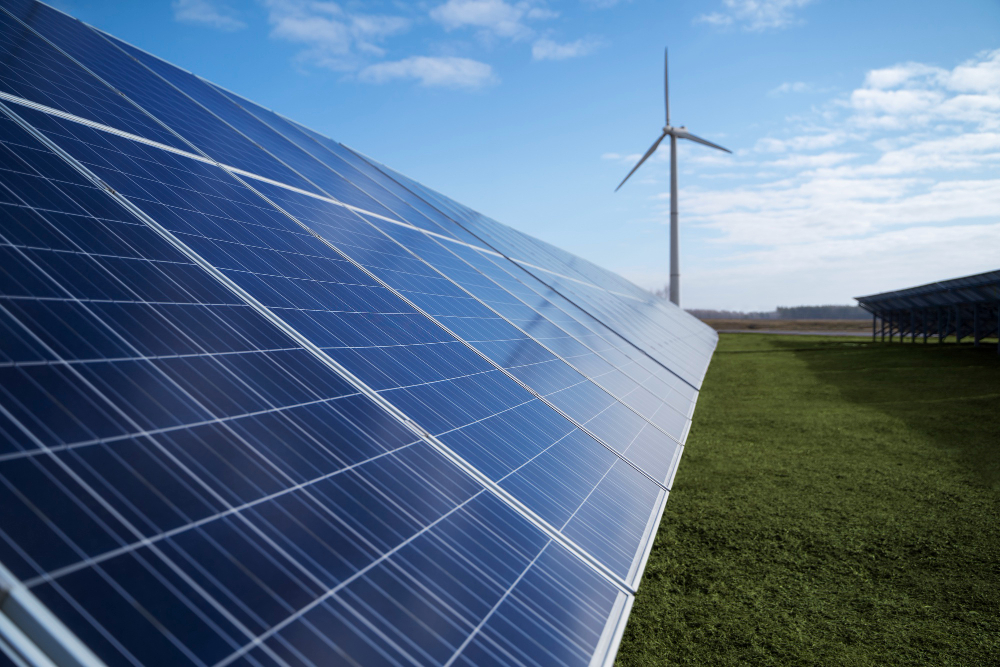
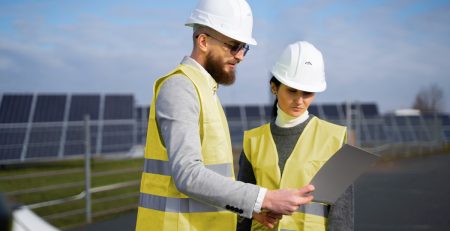
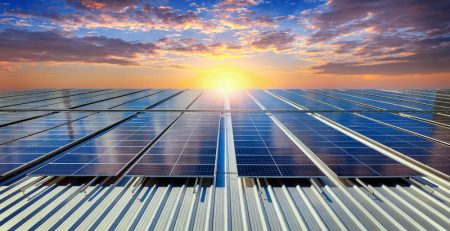
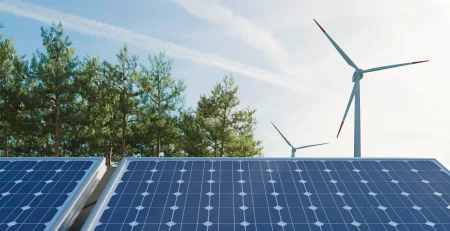
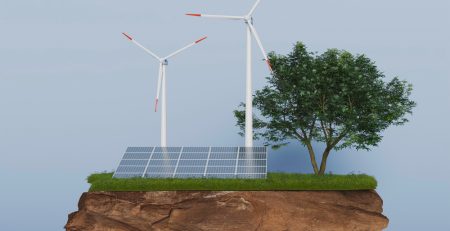
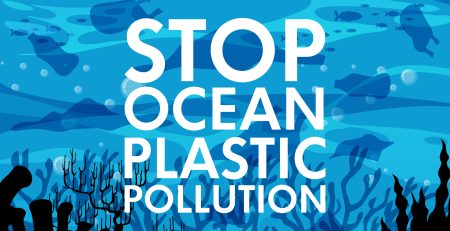

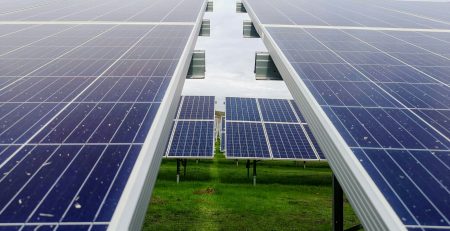
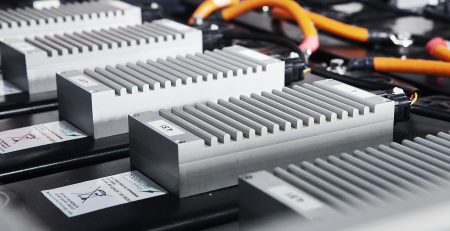
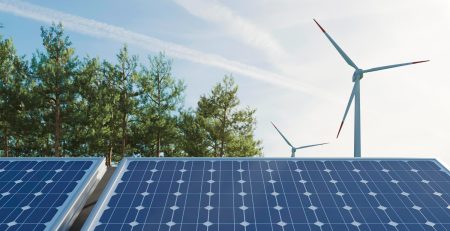
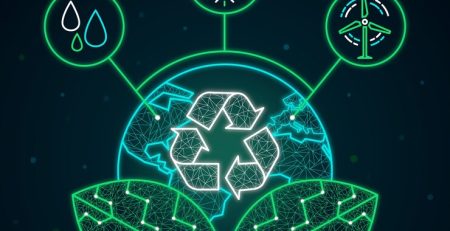
Leave a Reply